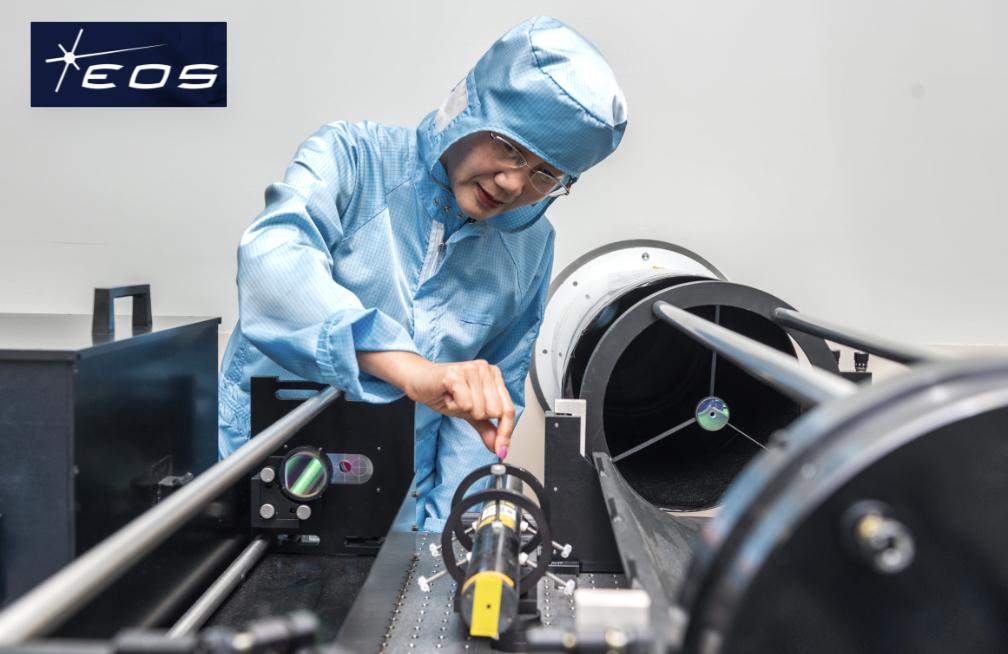
SmartSAT CRC has announced that EOS Space Systems has become a core partner for the SmartSat Co-operative Research Centre, becoming the 20th core partner alongside leading universities and global corporations such as Airbus, BAE Systems and Nova Systems.

As a core partner, EOS Space Systems will have priority to select and lead strategic research projects and can nominate candidates for the SmartSat CRC Board and Industry Advisory Board.

Project CHORUS aims to build on existing Australian technology in compact RF tactical terminals and optical communication to develop “leap-frogging” technology that exploits bearer diversity through a highly integrated hybrid Optical-RF tactical terminal with applications for the commercial and national security markets.
Phase 1 of CHORUS (Apr 2019-Apr 2020) was a research activity to develop concepts for, and explore the feasibility of, a highly integrated, tactical satellite communications terminal combining radio frequency and optical frequency capabilities into a single compact terminal. Phase 2 is on track to deliver a working terrestrial demonstration, with a terminal in early 2023.
SmartSat CRC CEO Professor Andy Koronios said, “EOS Space Systems becoming a core partner is the culmination of one of our most exciting space ventures: Project CHORUS. SmartSat CRC brought together a cross-disciplinary team of industry and universities under the leadership of the Defence Science and Technology Group (DSTG) and facilitated the requirements-gathering from end-users, developed system designs and the research components. What began as a $1.2 million dollar Phase 1 project has already moved to the next phase, with a further $2.8 million investment in the rapid development of this innovative technology. We are delighted that EOS have decided to become one of our core partners. They obviously see real benefit in their participation with the SmartSat CRC and we look forward to working together to help build Australian space technology capability.”
EOS Space Systems Chief Executive Officer, Glen Tindall, said the speed of creation of Project CHORUS had spurred the organization to step up as a core partner to SmartSat CRC. “Project CHORUS has been an exercise in the best-practice commercialization of a new technology. Driven by collaboration between government, industry, and the researchers – it was fast, efficient and the IP negotiations were effortless, allowing us to control the IP but Defence having a call on the technology at no extra cost. The success of this venture demonstrates the value of having an independent platform like SmartSat CRC to bring the various parties together and makes things happen for Australia’s space sector. Having benefited from what SmartSat is doing, we are thrilled to be investing our time and joining the CRC to drive great outcomes for Australian space technology.”
DSTG’s Chief Technology Officer, Strategic Research and Innovation, Professor Michelle Gee, said that Defence’s investment in the SmartSat CRC through the Next Generation Technologies Fund was clearly paying dividends. “We are seeing the development of potentially break-through technologies that could be a game-changer for military satellite communications,” she said. “Those are exactly the sorts of results we want and expect to see from the Next Generation Technologies Fund.”
